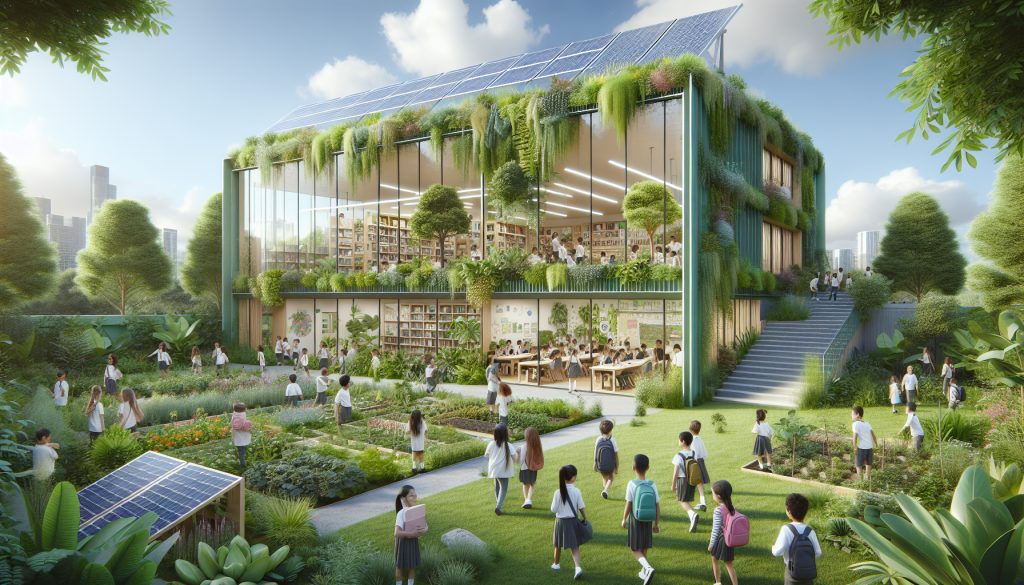
Green Schools: How Sustainable Design is Reshaping Learning Environments
Green Schools: How Sustainable Design is Reshaping Learning Environments
In recent years, sustainability has become a hot topic in various industries, and education is no exception. Schools around the world are starting to prioritize sustainable design in their construction and renovation projects, creating what are now known as “green schools.” These environmentally-friendly learning environments are not only reducing their carbon footprint, but also providing students with a more holistic and hands-on education experience. In this article, we will explore the concept of green schools and how sustainable design is reshaping learning environments for the better.
What is a Green School?
A green school is a learning environment that is designed and operated with a focus on sustainability. This can include various aspects such as energy-efficient buildings, use of renewable energy sources, waste reduction and management, and incorporating eco-friendly materials in construction. These schools also prioritize teaching students about sustainability and ways to live a more environmentally-friendly lifestyle. Apart from the obvious environmental benefits, green schools also have a positive impact on students’ health and well-being.
How Sustainable Design is Reshaping Learning Environments
Sustainable design in schools goes beyond just using green materials. It encompasses the entire building process, from the initial planning and design stage to the daily operations and maintenance. Some key features of sustainable design in schools include:
- Energy-efficient lighting and appliances to reduce energy consumption
- Proper insulation and use of natural light to lower heating and cooling costs
- Rainwater harvesting and greywater recycling to reduce water usage
- Vegetation and green roofs to improve air quality and reduce urban heat effect
- Sustainable transportation options for students and staff, such as bike racks and electric vehicle charging stations
In addition, green schools also prioritize waste management by incorporating recycling programs and reducing single-use plastics. This not only benefits the environment, but also teaches students the value of responsible waste management.
The Benefits of Green Schools
The shift towards sustainable design in schools is not only beneficial for the environment, but it also has a positive impact on students and staff. By providing a healthier and more comfortable learning environment, green schools promote better academic performance, reduced absenteeism, and improved mental and emotional well-being. Studies have shown that students in green schools have higher test scores and better overall academic achievement compared to those in traditional schools.
Moreover, green schools also instill sustainable values in students and help them develop critical thinking skills related to environmental conservation and responsible resource consumption. This prepares them to be environmentally-conscious citizens and future leaders who can contribute positively towards creating a more sustainable world.
Conclusion
The concept of green schools is gaining momentum globally, and for good reason. By prioritizing sustainable design, these schools are not only reducing their environmental impact, but also creating a healthier and more engaging learning environment for students. The adoption of sustainable design in schools is a step towards a more sustainable future, and it is encouraging to see it being embraced by the education sector. As the saying goes, “it starts with small changes, and eventually becomes a habit.” With green schools leading the way, we can hope for a more sustainable and greener tomorrow.
So the next time you hear the term “green school,” remember that it’s not just a building, but a symbol of a more sustainable and brighter future.
